Opinion
Growing the Game by Understanding What Women Want
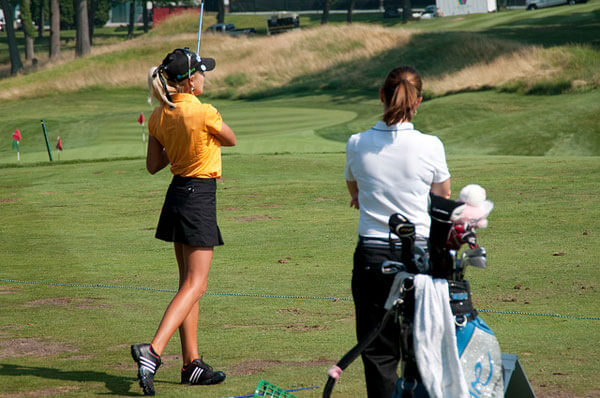
Sigmund Freud once said, “The great question that has never been answered, and which I have not yet been able to answer, despite my thirty years of research into the feminine soul, is ‘What does a woman want?'” Almost 100 years later Bill Cosby quipped, “The only thing I have learned in my 52 years is that they want men to stop asking stupid questions like that!”
Now I’m not quite 52, but I think I’ve learned at least enough in my time to know that for me to suggest that I truly have the answer to that eternal question would be, at the very least, a bold supposition. But when it comes to the game of golf, declining participation over the past half dozen years makes finding one potentially akin to uncovering the “Holy Grail” of player development and retention. And that is why myself, and others working to grow the game, now find ourselves on a quest to find answers, and maybe even some new questions.
For the most part the game of golf in the U.S. has been attracting new participants of both genders at roughly the same rate for more than 30 years. Unfortunately, however, when it comes to retention, the glaring differences in numbers would make it truly appear that once introduced, women very often seem to find the existing golf landscape much closer to Mars than that of Venus. And so as the game’s participation numbers overall began to dip, its stewards began investing more than ever to find out what needed to be done differently. As a group, women specifically were targeted, and questions that go more than skin-deep began being asked to find out what is truly behind golf’s historical inability to retain women players at the same rates as men.
A myriad of issues surround the game today which collectively keep women from progressing from the enthusiastic beginner to the core golfer that supports the game longterm. And I am in no way suggesting that the game’s leaders and leading organizations have been either disinterested, asleep at the wheel, or even content to keep it that way. Decades of investment, hard work, and more initiatives than you can count on two hands have been introduced both locally and nationally by organizations like the PGA of America, The LPGA, and the USGA in attempt to bolster women’s participation over the past few decades, yet the fact remains that in this country women only account for about 20% of golfers, while comprising closer to 50% of participants in other sports like bowling, tennis, and skiing.
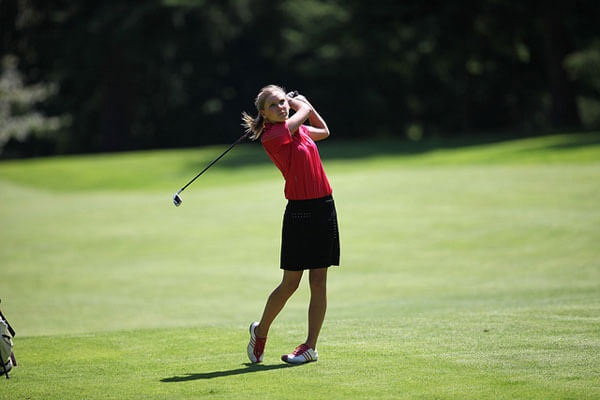
“As an industry we are asking questions as to why women account for only 20% of the game’s players in the U.S., but if we want to change that shouldn’t we rather be questioning why they comprise less than 5% of our nation’s golf professionals.”
Photo by clappstar on Flickr.
Now if by chance you have been privy to the findings of the PGA of America’s Golf 2.0 research or the studies done recently by the National Golf Foundation you would have read about many of the things that need to change to get more women in the game. Multiple tee locations, more relaxed dress codes, available day-care, more of a focus on fitness, less time commitment, and less expensive equipment are all among the reasons most often cited by women who either don’t play or who don’t play more. And when you combine those issues with the fact that the U.S. doesn’t have a nationally funded overriding organization charged with the growth of the sport as you do in many other countries, it’s no small wonder that many of them see women participating at a much higher rates. But while these are all important pieces to the puzzle, pieces that when put together can help us solve it, they also leave out one rather important element. Before I disclose the missing link, however, I need to relate the quick story of how I think I almost accidentally discovered the ultimate answer in this proverbial “grail quest.”
About a year ago I had a vacancy amongst my staff of professionals and began to search for a suitable replacement. During that time many of the ladies at my facility suggested I should try to hire a woman. I said that I would love to and in truth had already contacted the LPGA and our local women’s division in the PGA as part of my search, but as the resumes began pouring in they all had one thing in common. They were all from men, a fact that didn’t surprise me considering how few women club professionals there are out there. Well a month went by and I was in the interview process when I was unexpectedly contacted by an LPGA Member who was moving back to the area and looking for a club to call home. She had heard of the opening and was interested, and while reasons both legal and political obligate me to mention she was not just a woman, but also the most qualified candidate, I would be remiss if I didn’t add that many of our members were thrilled about the fact that she was. Now we had a pretty robust women’s program as it was and a very active ladies membership, both of which I felt she could augment, but as much as I had expected when I ultimately hired her, I wasn’t quite expecting what happened next.
Women who had never taken a lesson started signing up for them, including many whom I had never even seen at the club. Participation in our ladies programs, the same programs we had been running for years, jumped overnight and my skill as a buyer seemed to have been magically transformed. I was even approached at off-premise social functions by members from other clubs asking about instruction once it became known that I had hired a woman professional. Now most of us in the industry have at least a tacit understanding of what is known as the “intimidation factor,” but I had obviously underestimated how powerful it really is. The comedienne Phyllis Diller used to say, “You know why the pro tells you to keep your head down don’t you? It’s so you can’t see him laughing.” A funny line from a funny lady, but when this process brought to light the fact that some ladies had been travelling almost 30 miles for lessons at another facility who already employed a woman professional it really started to hit home how much the him in that joke was a big part of our problem. So all of this obviously got me to thinking.
As an industry we are asking questions as to why women account for only 20% of the game’s players in the U.S., but if we want to change that shouldn’t we rather be questioning why they comprise less than 5% of our nation’s golf professionals. Membership in the LPGA’s Teaching and Club Professional Division stands at roughly 1500. The PGA of America counts roughly 28,000 members nationally and while some of those are women, it is still a very small percentage. And when you count the number of facilities who employ men that are non-PGA Professionals the number becomes even more distorted. Thanks to Title IX enforcement in the U.S. there are now almost as many women as men playing golf at the high school and collegiate levels, the most common early training ground for men club professionals, yet for some reason most women in the same position aren’t looking to the industry as a potential career path. And while I know that my having a woman on staff is currently somewhat unique in the industry, I don’t believe the benefits of it would be unique to my facility. That is why I believe if we are really serious about making an impact on women’s participation, The PGA of America and LPGA should start aggressively recruiting more women into the business, with the long-term goal of having at least the same percentage of women who play the game in our professional ranks. Because finding that “Holy Grail” entails more than just answering the questions of what women say they want. It means listening with the goal of coming up with answers to questions they didn’t even think to ask. At least that’s my bold supposition. Hope to see you on the links ladies!
-
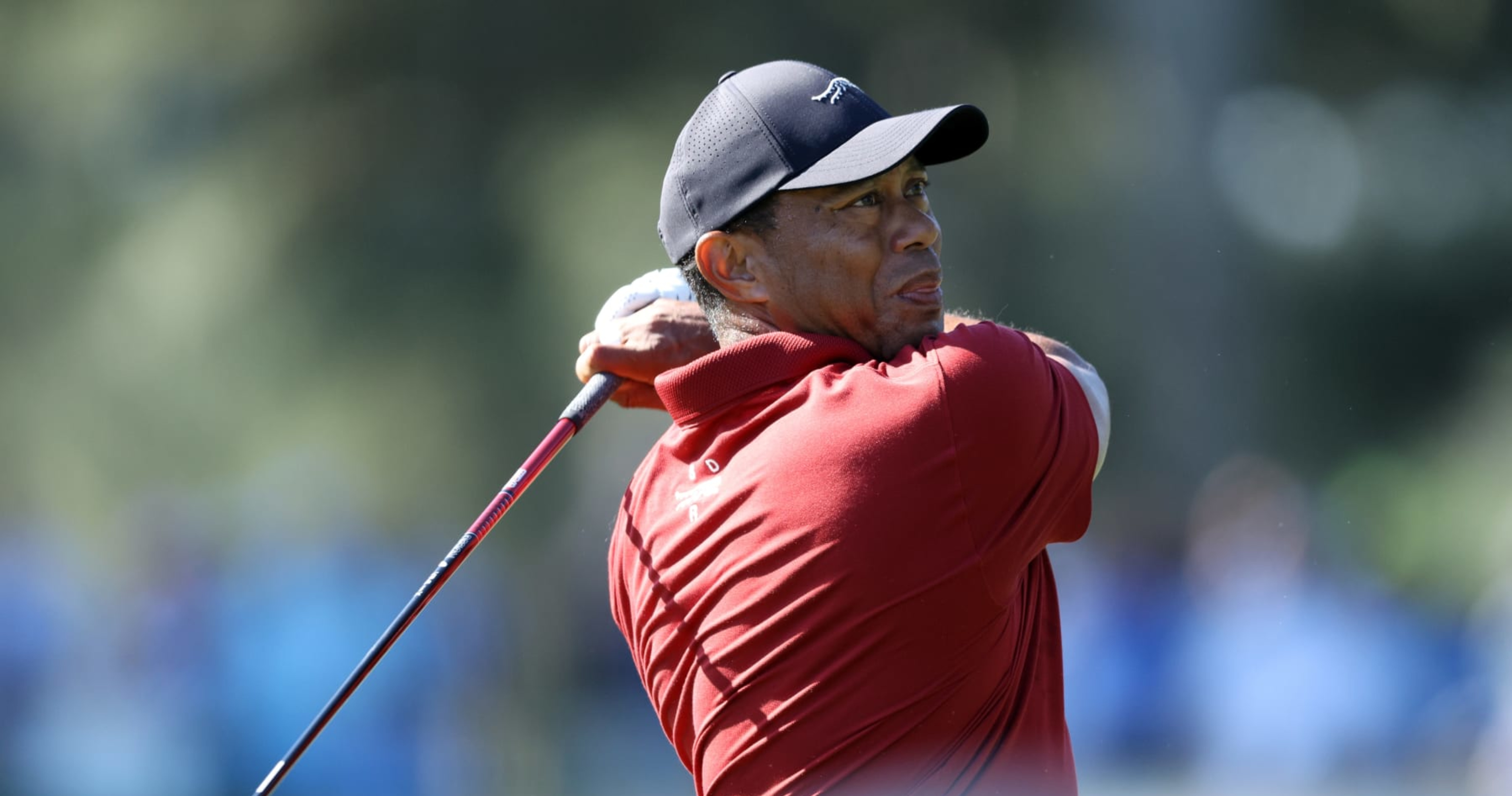
 News1 day ago
News1 day agoPGA Tour Loyalty Payouts Revealed: Tiger Woods Stands to Make The Most
-
News1 week ago
‘It’s Quite Nauseating’: Max Homa on Current State of Men’s Pro Golf
-

 LIV Golf Tour1 week ago
LIV Golf Tour1 week agoDENIED: Rory McIlroy’s Team Confirms LIV Golf Rumors are False
-

 Fantasy Golf Predictions3 days ago
Fantasy Golf Predictions3 days agoFantasy Golf Picks, Odds, and Predictions – 2024 Zurich Classic
-
News1 week ago
The Masters TV Ratings Were Down 20%, But What Does it Mean?
-
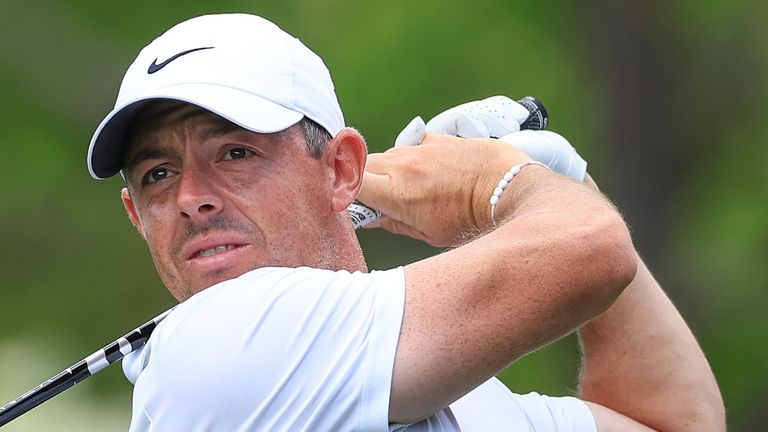
 News1 week ago
News1 week agoRory McIlroy Clarifies LIV Rumors — Is He Going or Not?
-
News1 week ago
The PGA Championship is Set to Return to Kiawah Island!
-
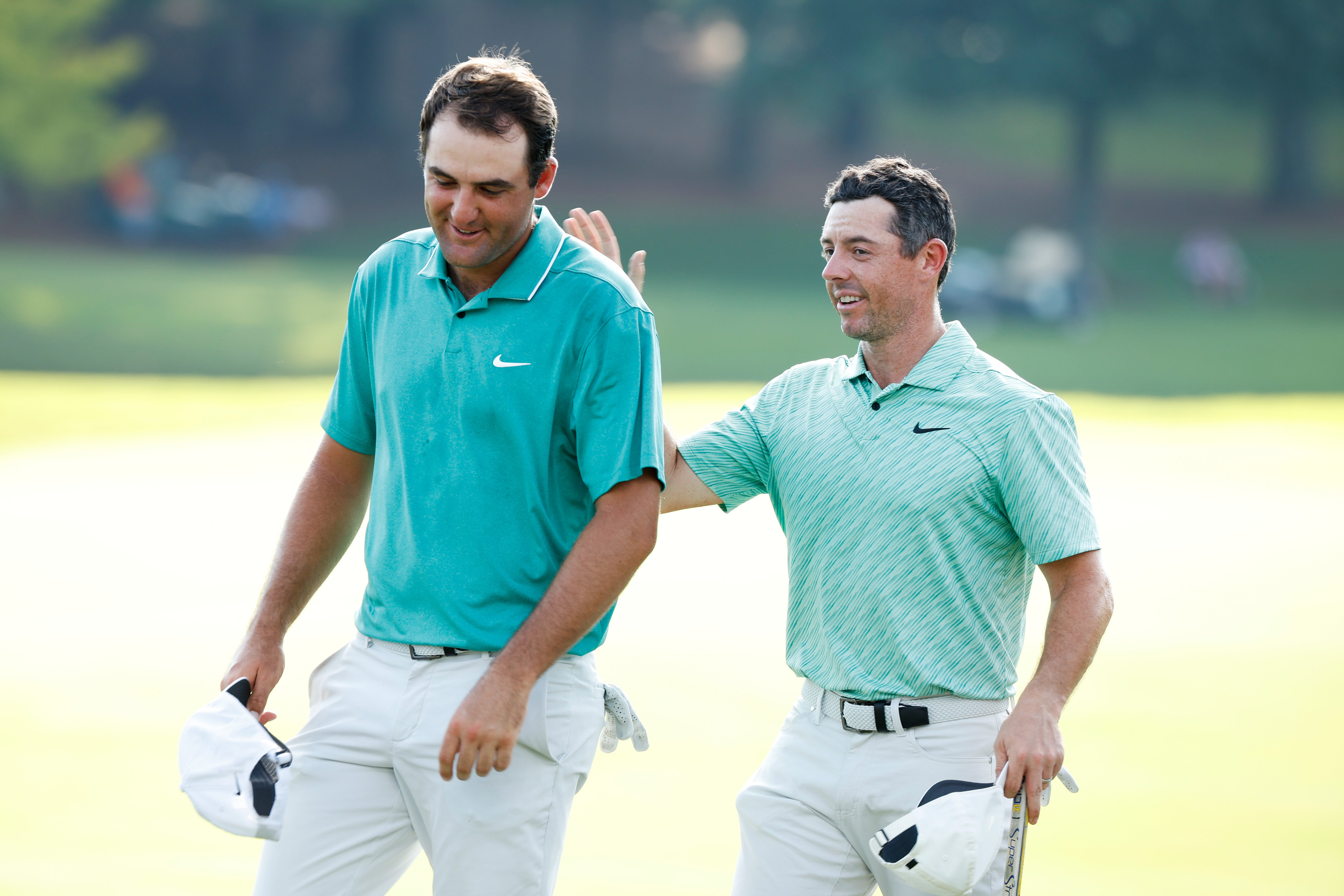
 News2 days ago
News2 days agoPGA Tour Players Who Rejected LIV Golf Offers Set to Find Out How Much Their Loyalty is Worth










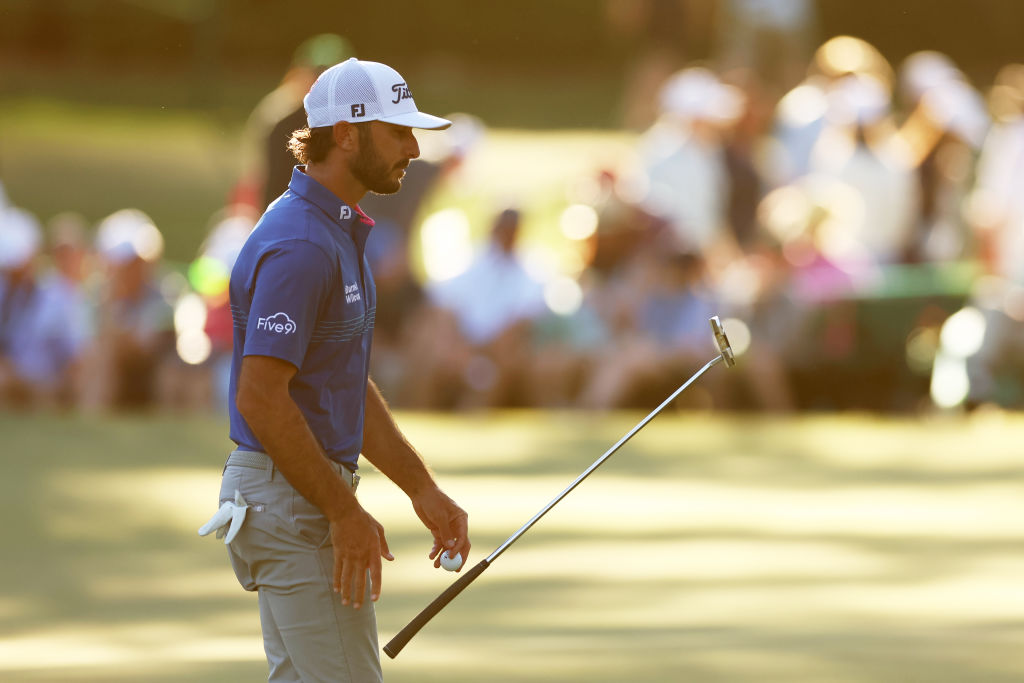


Really great article Mike. Female instructors are not necessarily better with women, but the perception is that they are and perception is reality. Even though I prided myself in my ability to coach women I had women traveling an hour to the nearest female instructor. I was much better and had plenty of women telling their friends how much I had helped them.
My solution was to invite her to my club regularly to teach and it worked wonderfully for all concerned.
We definitely need more female instructors!
Thanks Sam. Glad that you enjoyed it. Hopefully we can get more and more ladies to consider the professional ranks as a viable career path. We have some work to do, but once they realize what an opportunity they have I think we can move the needle and start to grow the women’s game in this country.
Great article. I’m what the Golf 2.0 report calls a core female player. 30+ rounds a year, lessons, handicap in top third, yada yada. Another benefit of having women on staff is that they can be an intake point for issues that impact women and older male players that seem to get ignored if reported to a male member of the club or greens staff. For some reason, few males seem to notice the uneven up tee boxes with the overhanging tree limbs, no ball washers, and no trash cans. It might take a woman to take reports of uneven… Read more »
I’m glad you enjoyed the article. I agree there are many factors that contribute to the issue and course set up is definitely an issue. We overdeveloped for 20 years the high end championship venues that were tied to real estate developments and unfortunately most of those places aren’t too friendly for women, juniors, and pretty much anyone who is just picking up the game. We really need a lot more of the mom’n’pops 9 hole executive courses that are great for people to learn the game on and don’t take a lot of money and time to play and… Read more »